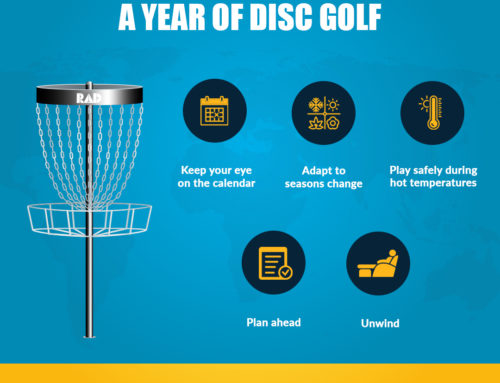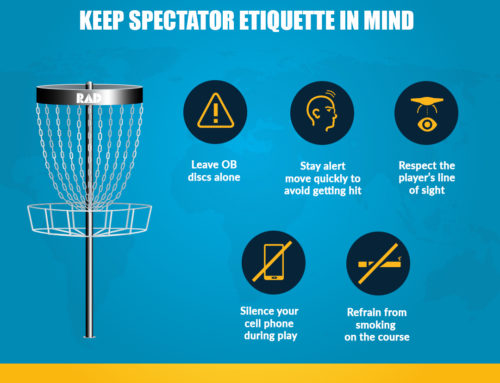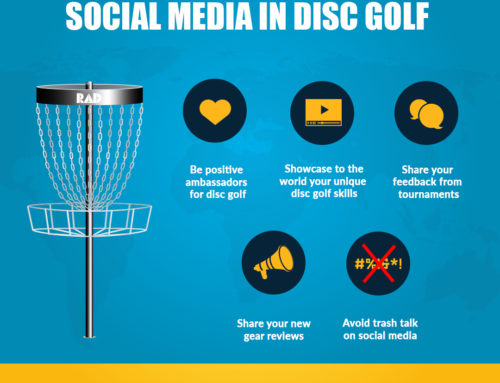Disc Golf – Do The Numbers Tell The Story?
If you’ve been in the disc golf scene for any period of time, you’ve more than likely heard the phrase “grow the sport.” It’s a mission that’s near and dear to many of our hearts. We believe that disc golf is such a fantastic activity and it should be far more mainstream than it currently is.
While we’re only just starting to see snippets of disc golf on sports channels (it’s a big deal when we make it on SportsCenter’s Top 10), the popularity of the game is far less than that of basketball or football. However, when you review any data that’s out there, it does show that the sport is growing by leaps and bounds compared to previous years.
Yet how do these numbers translate into the real development of the sport? Do the messages being communicated portray an accurate idea of where the trajectory of disc golf is going?
Facts And Figures

At the end of 2020, the PDGA documented that there were over 9,342 courses across the globe, that’s an increase of 10.39% from 2019, or around 2.4 new courses per day! The US boasts the most places to play with 6,936 courses installed, but with Finland’s 707 courses across an area that’s 1/29th the size of the US, it’s quickly becoming a mecca of disc golf. While there’s always the chance for an “off the grid” course to be installed somewhere on the private property, these numbers are usually pretty accurate.
Membership vs. Players
Here’s where things get interesting! As the data notes that at the end of 2020, active membership was approaching 71,016 individuals. Detailed information that reviews tournaments, website analytics, media activity, and more highlights the popularity of the sport and is often used as a selling point when approaching potential sponsors or event locations. When you’re a disc golfer, you’re regularly in a position of having to prove that the sport is legitimate.
While the membership number is certainly specific and only denotes individuals who actually pay to maintain their PDGA number and ratings, it doesn’t really give an accurate idea as to the explosive growth of the sport. Take for example Texas, which is listed on the document as a leading US state. They estimate that 4,752 members are active in that area, but a brief look on Facebook at various Texas disc golf groups indicates a much larger audience.
Only after careful examination does one see the extremely small print at the bottom of the PDGA report: “An estimated 8 – 12 million players have played disc golf; two million are estimated to be regular players.” Why isn’t this statistic featured more prominently when disc golf is discussed in mainstream sports arenas?
When it comes to growing the sport, it might make more sense to shift our focus away from the PDGA numbers because, after all, they only represent a small portion of the number of players who play competition disc golf.
Wouldn’t it make sense for other major organizations to jump on board with disc golf knowing that nearly two million people regularly play?
How do you think the numbers should tell the story?
Leave us a comment below with your views on these important questions.






Leave A Comment